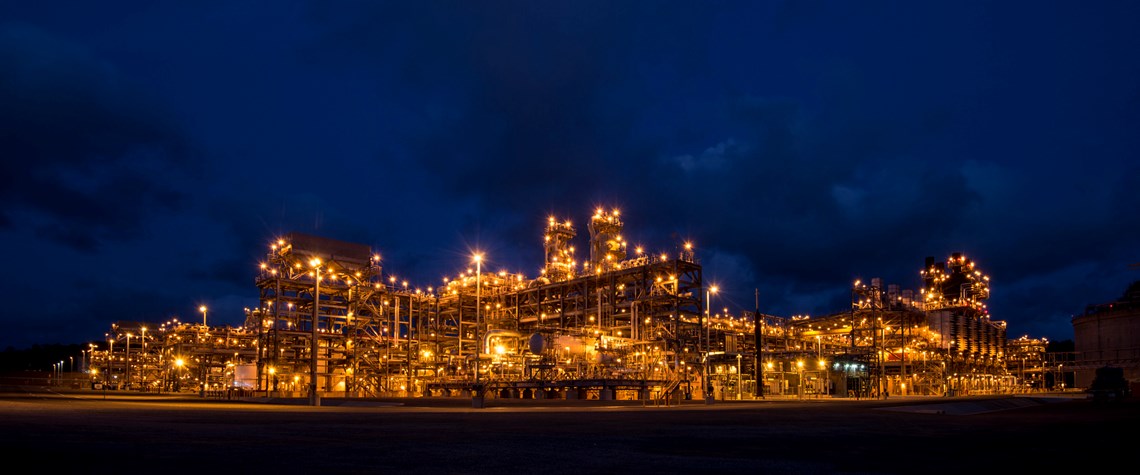Australian LNG under pressure
A global supply glut, cheaper rivals and tightening emissions policies are a growing problem for Australia’s costly gas-export plants
At least two of Australia's new liquefied natural gas-export facilities in Queensland may run under capacity until global demand exceeds supply around 2022. Even then, the need for their product might be less than thought. Changing buyer needs, an unanticipated shortage of onshore coal-bed methane (CBM) to supply the trains, and possible federal intervention to restrict exports in preference for eastern Australia's tightening domestic market could see plants run under nameplate capacity for some years. Longer term, cheaper LNG and the adoption of clean technologies could strand the high-priced Queensland assets altogether. Matt Howell, senior research analyst for consultancy Wood Mackenzie's

Also in this section
12 December 2025
The latest edition of our annual Outlook publication, titled 'The shape of energy to come: Creating unique pathways and managing shifting alliances', is available now
12 December 2025
The federal government is working with Alberta to improve the country’s access to Asian markets and reduce dependence on the US, but there are challenges to their plans
11 December 2025
The removal of the ban on oil and gas exploration and an overhaul of the system sends all the right messages for energy security, affordability and sustainability
10 December 2025
The economic and environmental cost of the seven-year exploration ban will be felt long after its removal







